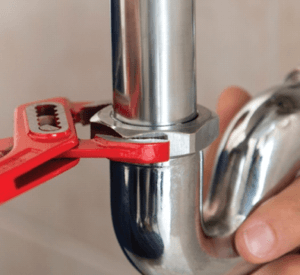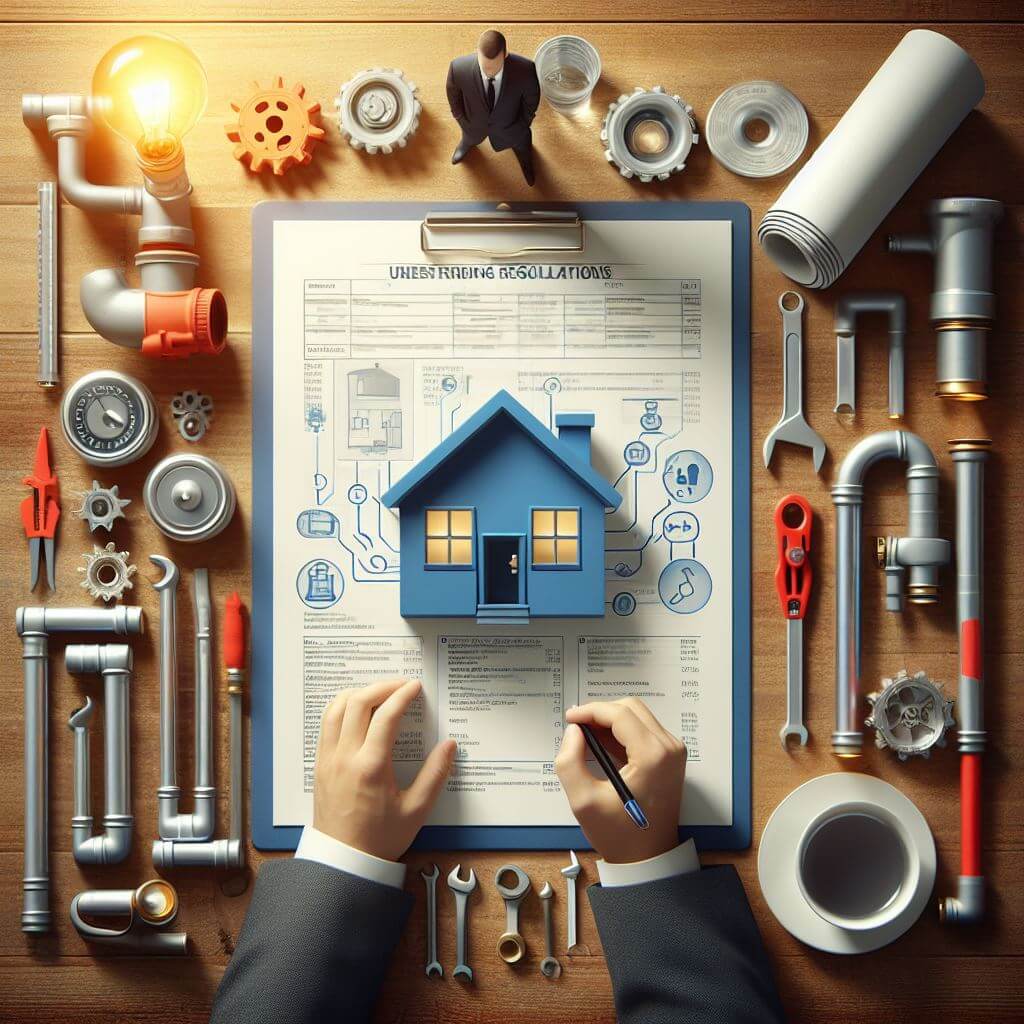Deciphering the Core Concepts of Home Plumbing: A Beginner's Overview
Deciphering the Core Concepts of Home Plumbing: A Beginner's Overview
Blog Article
What're your ideas with regards to Plumbing Basics Every Homeowner Should Know?

Plumbing is a crucial element of any kind of home, in charge of supplying clean water for drinking, cooking, and showering, as well as removing wastewater securely. Understanding the basics of home plumbing is important for each home owner to ensure proper maintenance, troubleshooting, and, if required, repair services. In this newbie's overview, we'll cover the fundamental concepts of home plumbing to help you come to be extra acquainted with exactly how it functions.
Water System
The water system brings tidy water into your home from a community water source or an exclusive well. It includes a major water line that attaches to your home's plumbing system, usually located underground. A water meter measures the quantity of water eaten, while a shut-off shutoff enables you to manage the flow of water into your home.
Plumbing Fixtures
Plumbing components are tools that supply water to various parts of your home and include sinks, taps, commodes, showers, bath tubs, and devices such as dish washers and washing equipments. Each component is attached to the water system using pipelines and fittings and may have its shut-off shutoff for upkeep or emergencies.
Water Heating System
The water heating system is in charge of home heating water for residential usage, including bathing, food preparation, and cleaning. Typical kinds of hot water heater consist of tank-type water heaters, tankless (on-demand) water heaters, and heatpump water heaters. The water heater is attached to the water system and provides hot water to plumbing fixtures as required.
Drainage System
The drain system eliminates wastewater from your home and brings it away to a sewer treatment facility or septic system. It includes a network of pipelines, fittings, and fixtures that carry wastewater from plumbing fixtures to the main sewage system line or sewage-disposal tank. Proper water drainage is important to stop obstructions, backups, and sewer leaks.
Air flow System
The air flow system helps keep appropriate atmospheric pressure and stop sewer gases from entering your home. Air vent pipelines, likewise known as air vent stacks, expand from plumbing fixtures to the roofing system, permitting sewage system gases to leave securely outdoors. Ventilation pipes also permit air to go into the drain system, facilitating smooth wastewater circulation and avoiding suction or vacuum cleaner effects.
Typical Plumbing Devices
Having the right tools accessible is necessary for performing fundamental plumbing fixings and maintenance jobs. Typical plumbing devices include flexible wrenches, monkey wrench, pliers, pipeline cutters, hacksaws, bettors, augers (or drain serpents), and Teflon tape. Having these tools easily offered can aid you deal with minor plumbing concerns efficiently.
Fundamental Plumbing Fixings
While some plumbing repair work might call for professional support, lots of common concerns can be attended to with fundamental do it yourself strategies. Knowing exactly how to deal with a leaky faucet, unclog a drain, replace a commode flapper, or fix a dripping showerhead can save you money and time on plumbing fixings.
Final thought
Recognizing the basics of home plumbing is essential for each house owner to maintain a risk-free, practical, and effective plumbing system. By acquainting yourself with the water system system, plumbing components, drain system, air flow system, usual plumbing devices, and standard fixings, you can confidently address small plumbing issues and ensure your home's plumbing system runs efficiently.
Plumbing for Beginners: A Comprehensive Guide
If you’re a beginner when it comes to plumbing, don’t worry; you’re not alone. Plumbing may seem intimidating, but with the right knowledge and a little practice, you can handle many common plumbing issues on your own. In this comprehensive guide, we will demystify the world of plumbing for beginners, providing you with the basic knowledge and skills needed to tackle common plumbing problems and even take on some DIY plumbing projects.
The Importance of Basic Plumbing Knowledge for Beginners:
First and foremost, basic plumbing knowledge gives you a solid foundation. It helps you grasp the key concepts and terminology that are essential in this field. By learning the basics, you’ll be able to build upon that knowledge and tackle more complex plumbing tasks in the future.
Having a basic understanding of plumbing also enables you to handle common issues that may arise in your home. Picture this: a leaky faucet or a clogged drain. With some basic plumbing knowledge, you’ll have the confidence to troubleshoot and fix these problems on your own. It saves you from unnecessary expenses and the hassle of waiting for a professional to arrive.
As a beginner, learning the basics of plumbing empowers you to take care of your own home. It gives you a sense of independence and self-reliance. You’ll no longer have to rely solely on professionals for every small issue that pops up. Instead, you can handle many tasks yourself, saving time and money in the process.
Remember, everyone starts as a beginner. Embrace the learning process and take small steps to expand your plumbing knowledge. There are plenty of online resources, tutorials, and even local workshops that talk about plumbing for beginners.
Essential Tools for Plumbing for Beginners
As you start your plumbing journey, having the right tools in your toolbox is crucial. Let’s explore some of the must-have tools:
Adjustable Wrench:
This versatile tool is a staple in any plumber’s toolbox. It allows you to tighten or loosen nuts and bolts of various sizes. Make sure to have an adjustable wrench with a comfortable grip.
Pipe Wrench:
A pipe wrench is specifically designed for gripping and turning pipes. It has serrated jaws that provide a strong grip, making it easier to loosen or tighten threaded pipes and fittings.
Plunger:
The plunger is a simple yet effective tool for clearing clogged drains and toilets. It creates suction when you push and pull, helping to dislodge blockages. Keep a good-quality plunger handy for those unexpected clogs.
Pipe Cutter:
When it comes to cutting pipes, a pipe cutter is your go-to tool. It creates clean, precise cuts without damaging the pipe. Look for a pipe cutter that can handle the pipe sizes you’re working with.
Hacksaw:
A hacksaw is useful for cutting through pipes, screws, and other materials. It’s a versatile tool that can handle different cutting tasks. Remember to use a blade suitable for cutting metal.
Tape Measure:
Accurate measurements are crucial in plumbing. A tape measure allows you to measure pipe lengths, distances, and dimensions accurately. Opt for a sturdy tape measure that extends a good length.
Pliers:
Pliers come in handy for various tasks, such as gripping, bending, and cutting. Slip-joint pliers with adjustable jaws are great for gripping pipes, nuts, and bolts.

As a passionate reader about How Does the Plumbing Work in Your Home?, I thought sharing that piece was essential. Are you aware of another individual who is serious about the subject? Why not share it. Kudos for your time. Return soon.
Call Today Report this page